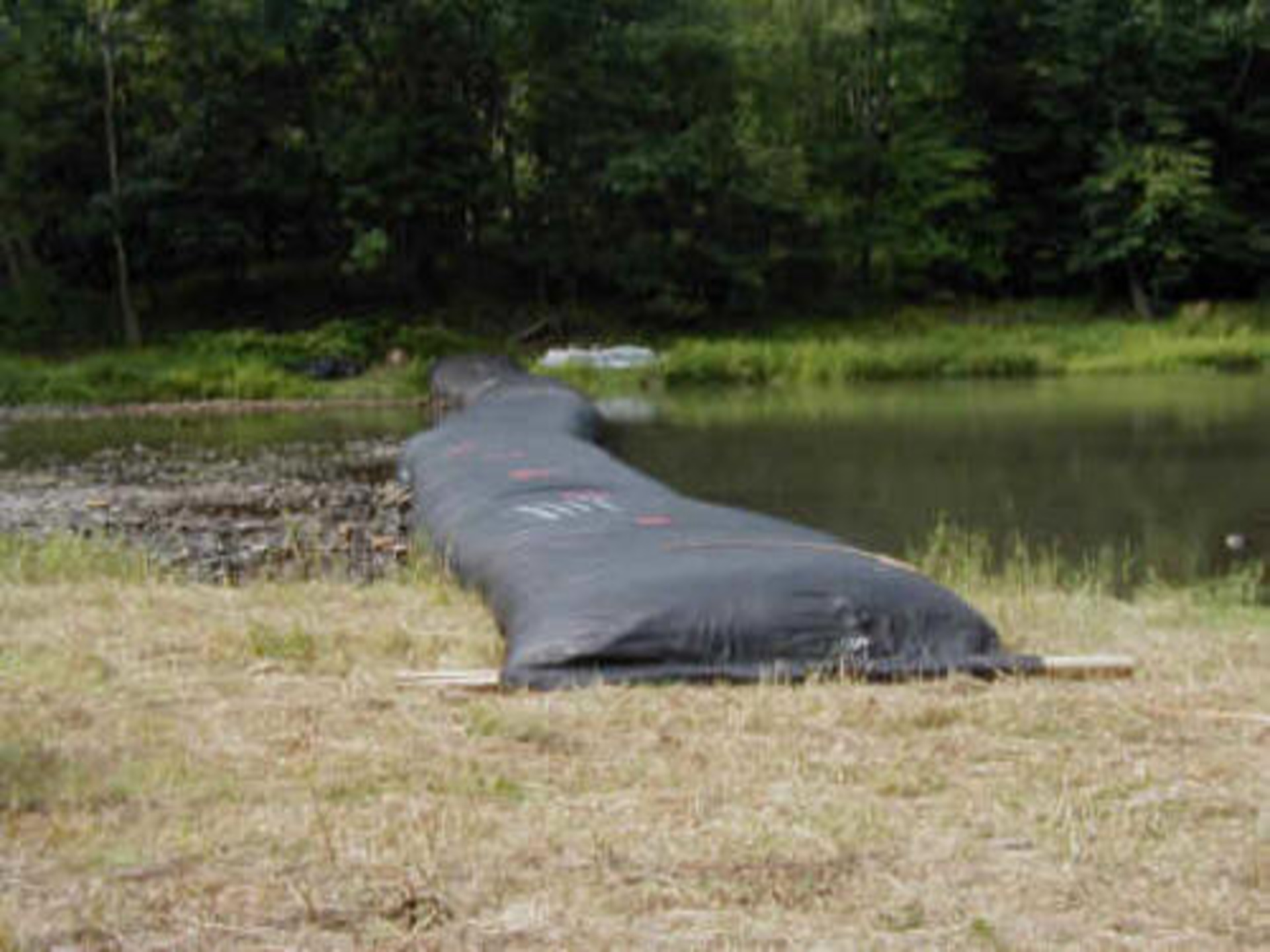
1.) In Williamsport, Pennsylvania, a single closed end (SCE) AquaDam® was deployed to redirect stream water away from specific sections of the Transcontinental Gas Pipeline. The image showcases the SCE AquaDam's closed end, with the upstream direction on the right and downstream on the left.
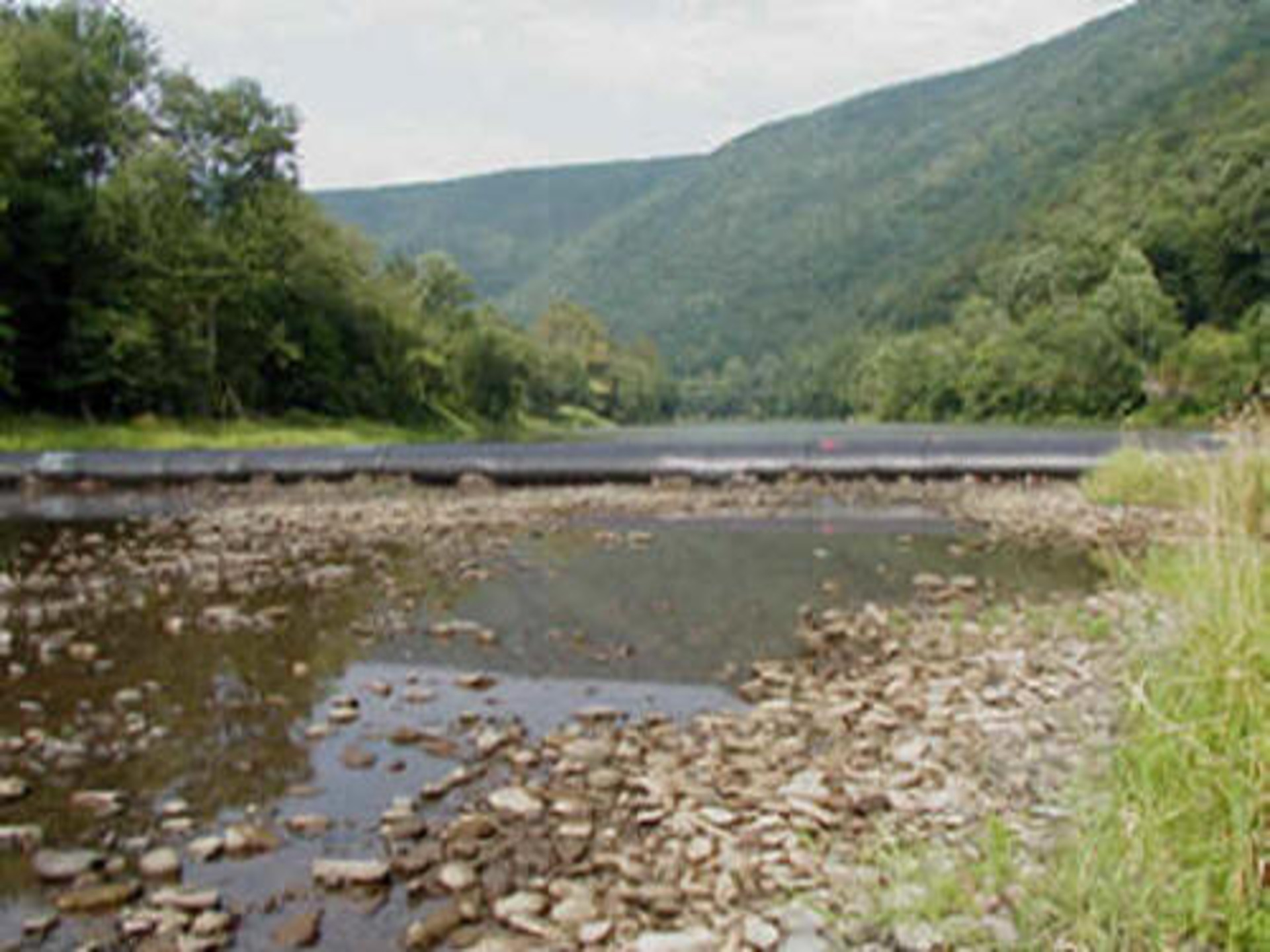
2.) Standing downstream of the AquaDam, we can see that it has effectively redirected the flow of the stream.
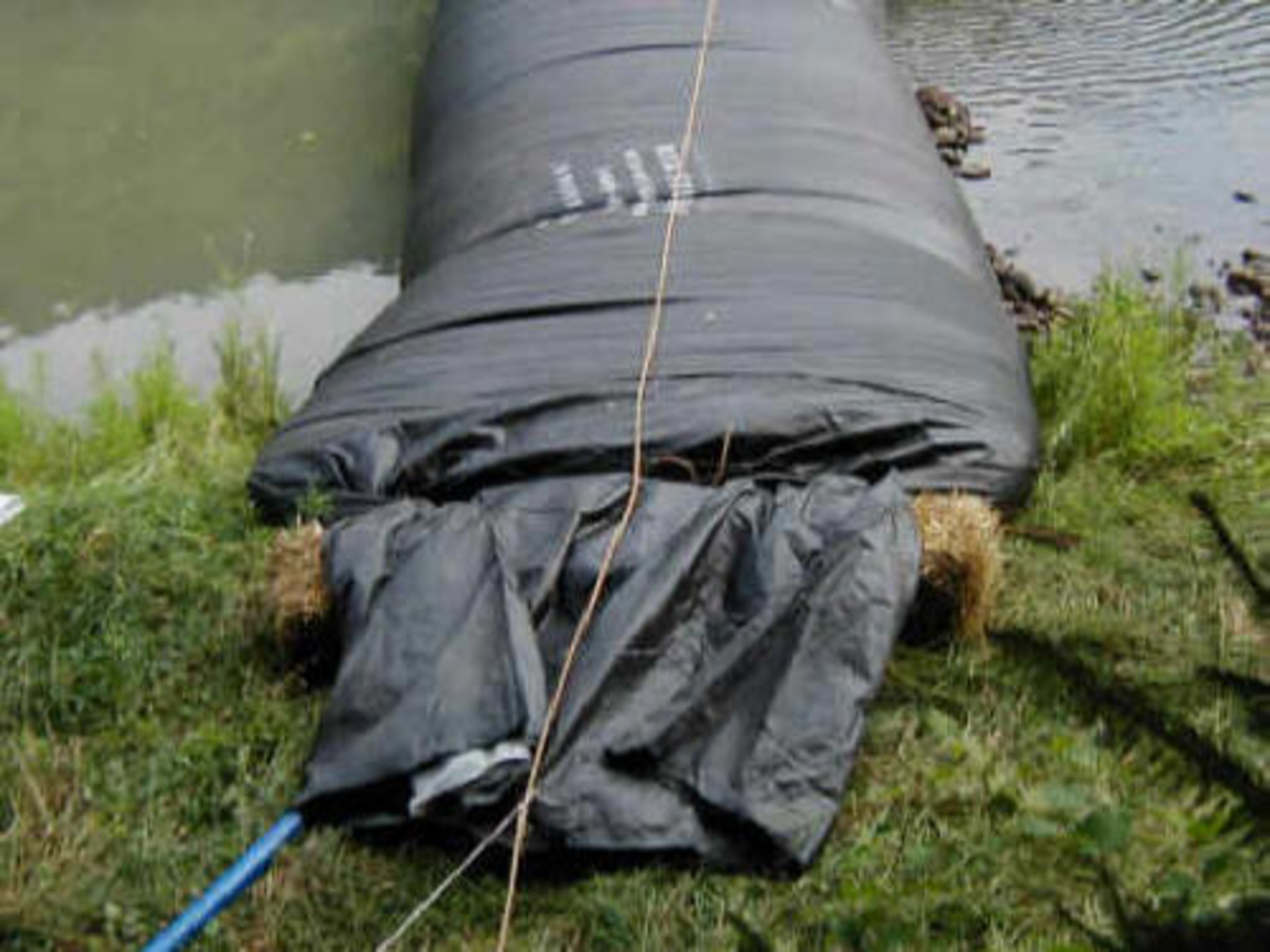
3.) Here we can see the starting bank for this SCE AquaDam, which consisted of hay bails. To ensure proper installation and functionality of a SCE AquaDam, it is essential to have a starting bank that maintains a higher elevation than the body of the AquaDam. The open end and fill-tubes of the SCE AquaDam® must remain elevated above the full height of the dam along its designated path. It is important to note that an AquaDam® will only reach its maximum height at the lowest elevation point along its designated path.
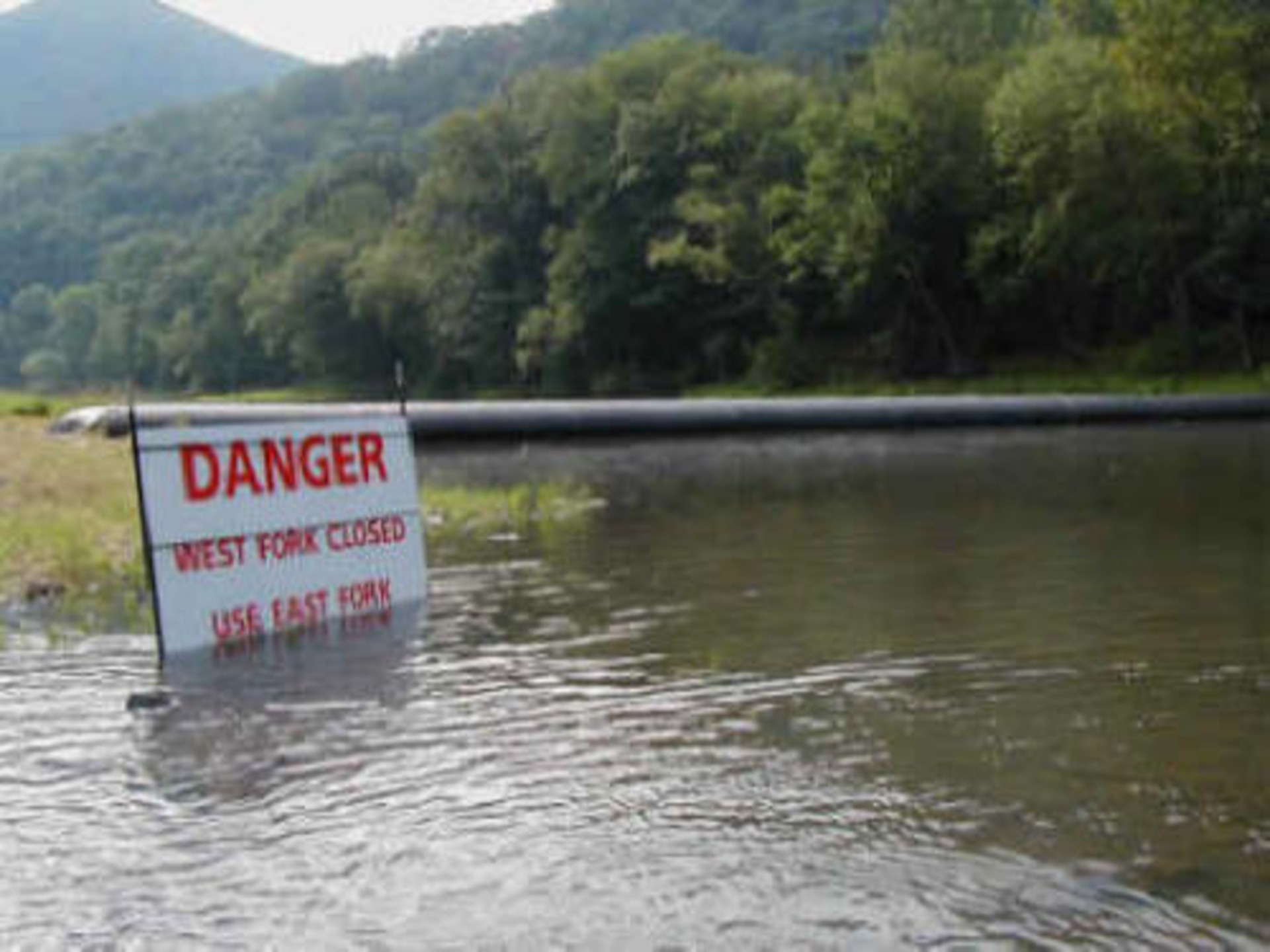
4.) Positioned upstream of the SCE AquaDam, where the water from the stream has accumulated to a significant depth before flowing down the diversion channel known as the east fork.
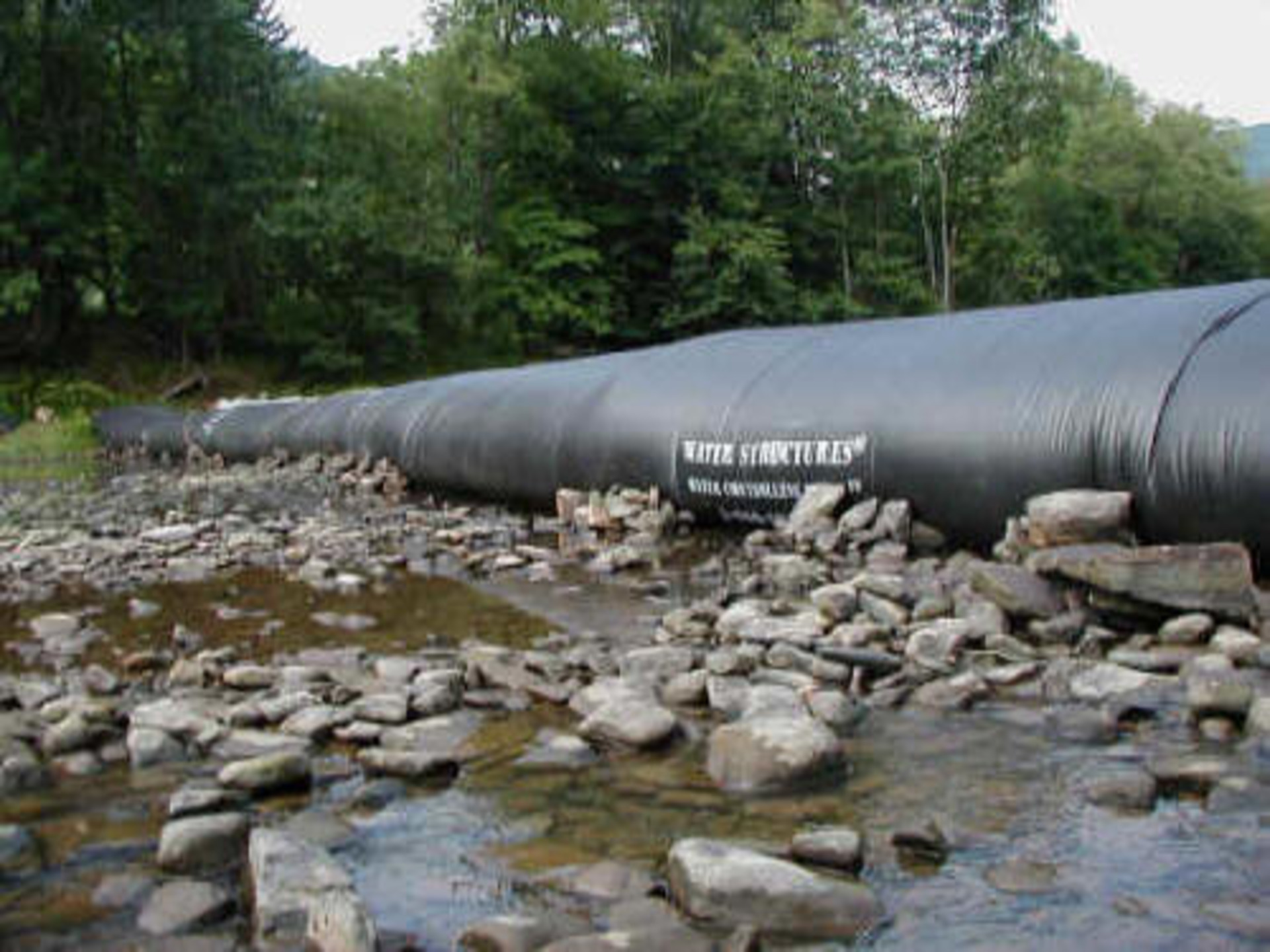
5.) The streambed was filled with large rocks, making seepage unavoidable. Prior to installing the SCE AquaDam, workers diligently removed rocks from the area. Some of the larger, rounded rocks were strategically placed against the de-watered side of the AquaDam® to provide extra support.
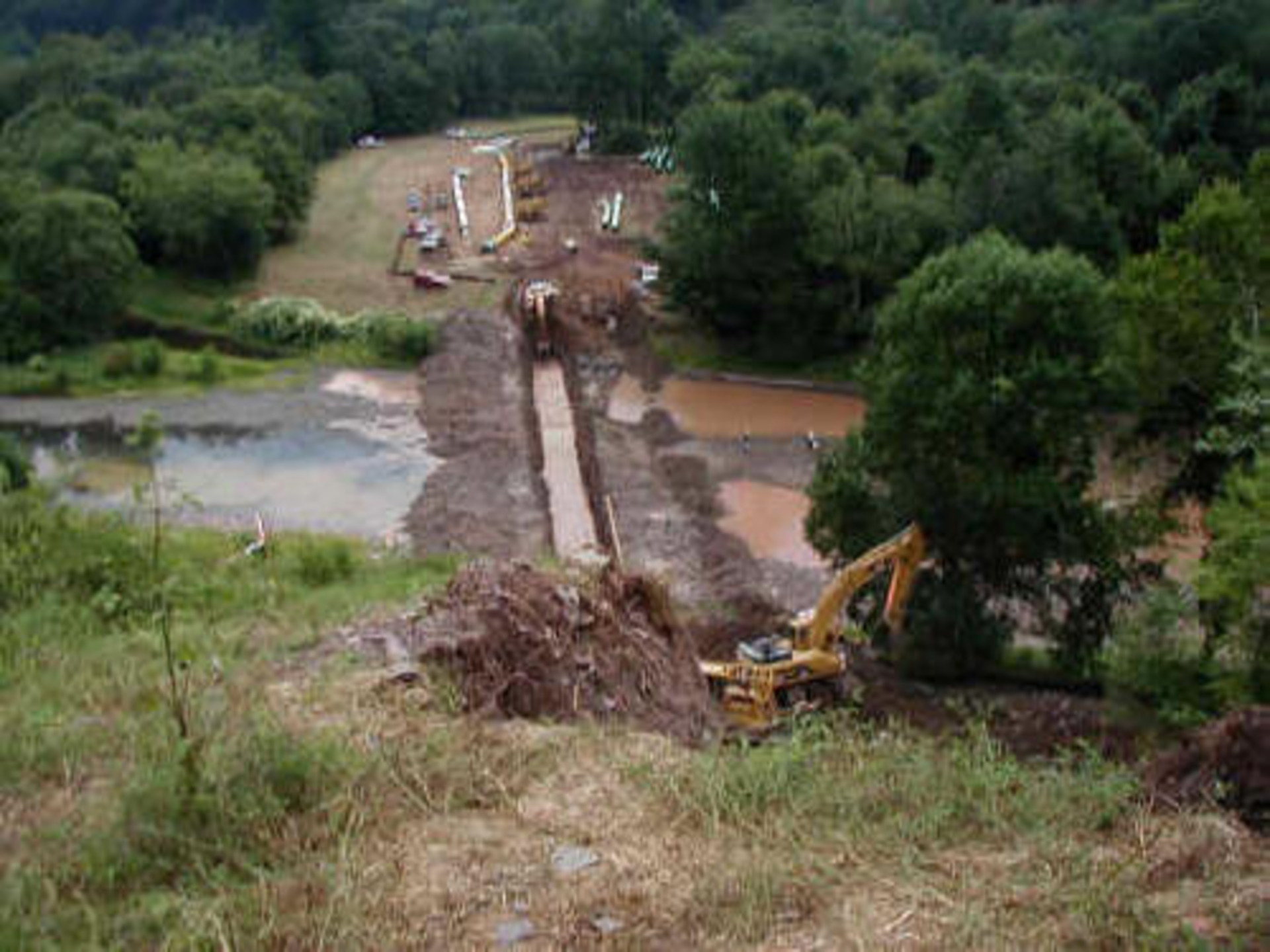
6.) The trench required for the installation of the Transco gas pipe has been excavated by workers downstream of the SCE AquaDam.
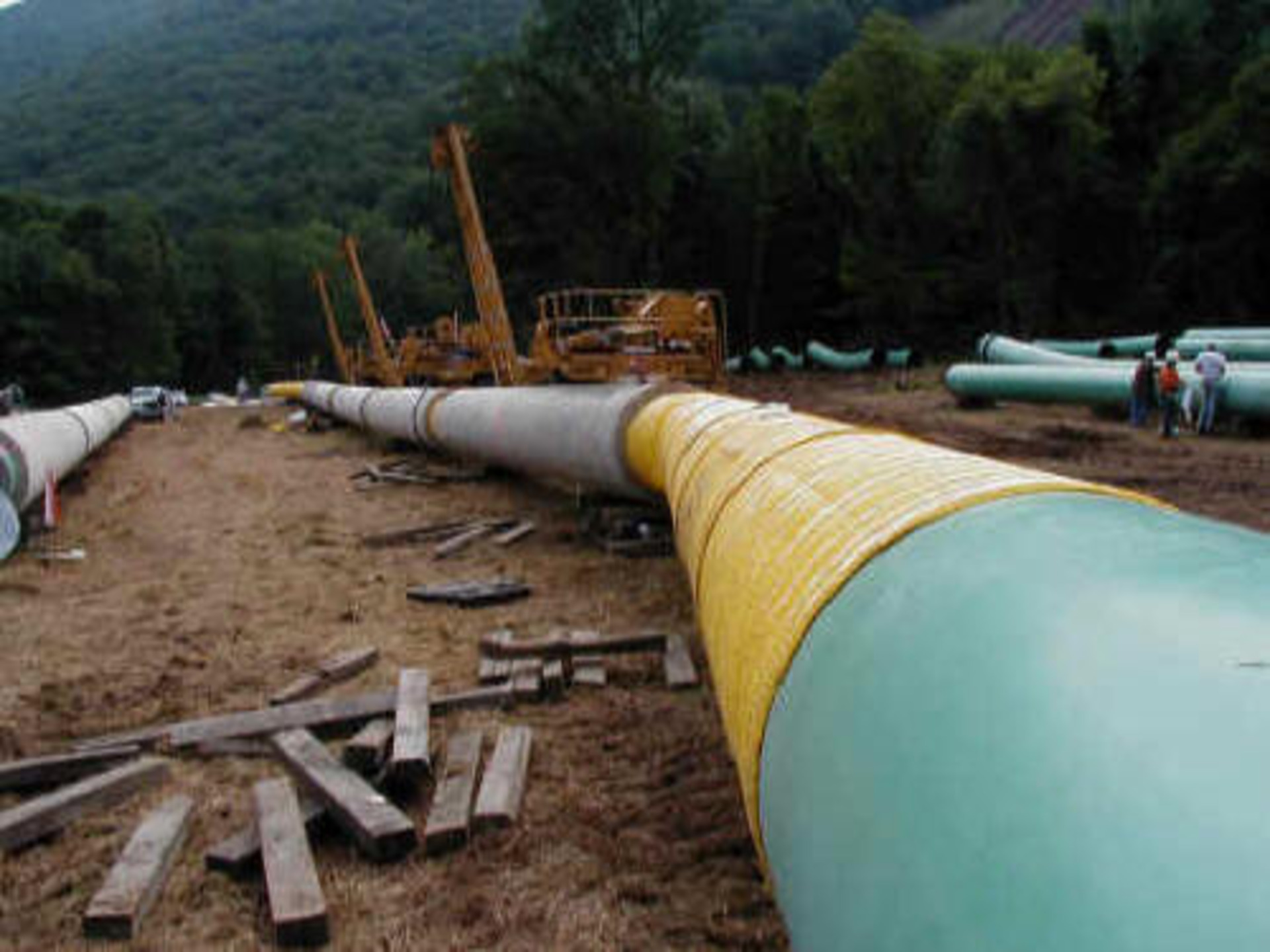
7.) Here we can see the pipeline prior to being buried under the streambed.
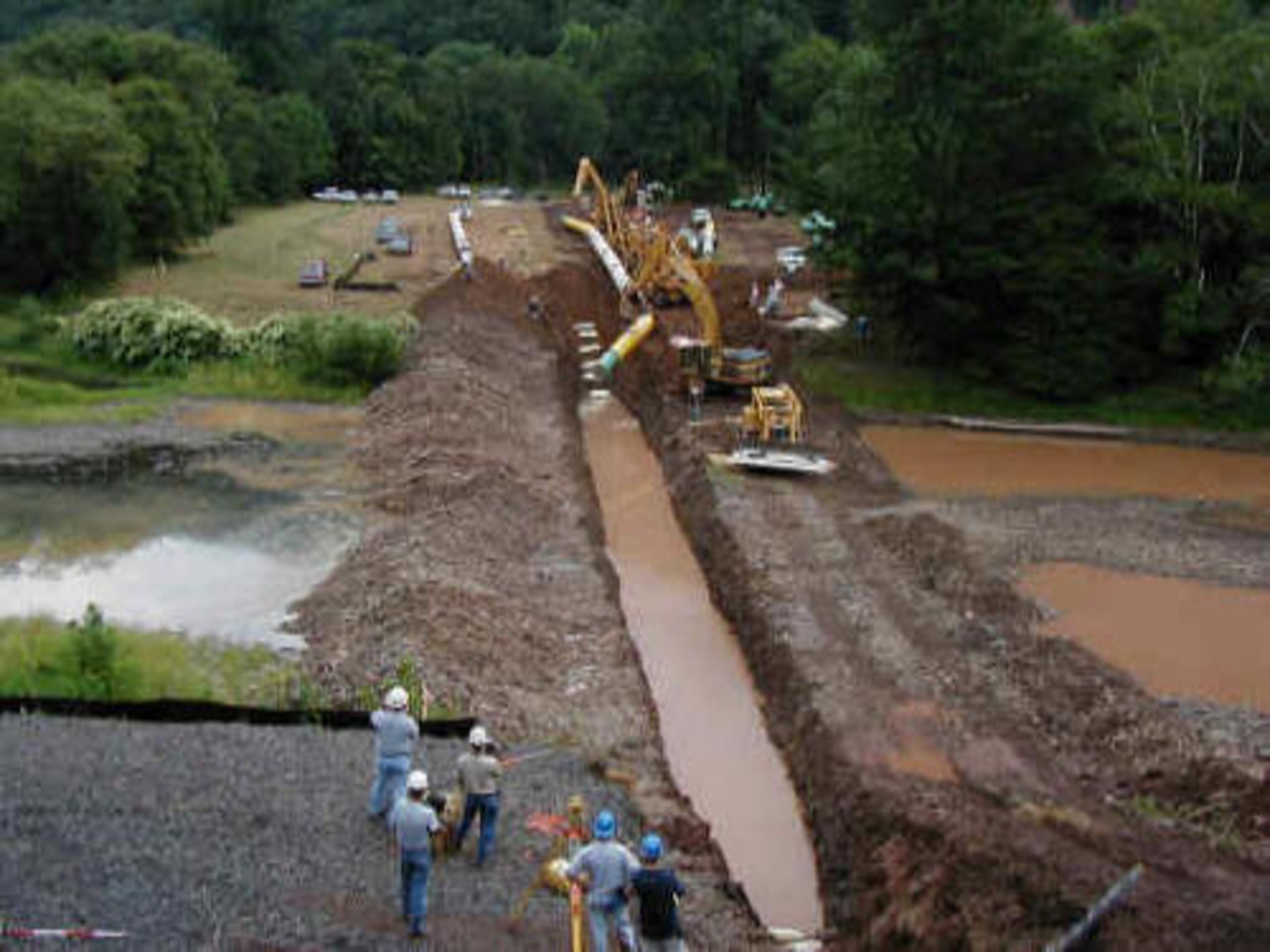
8.) In order to install the pipe section across the stream, heavy equipment was required to carefully place it into the trench.
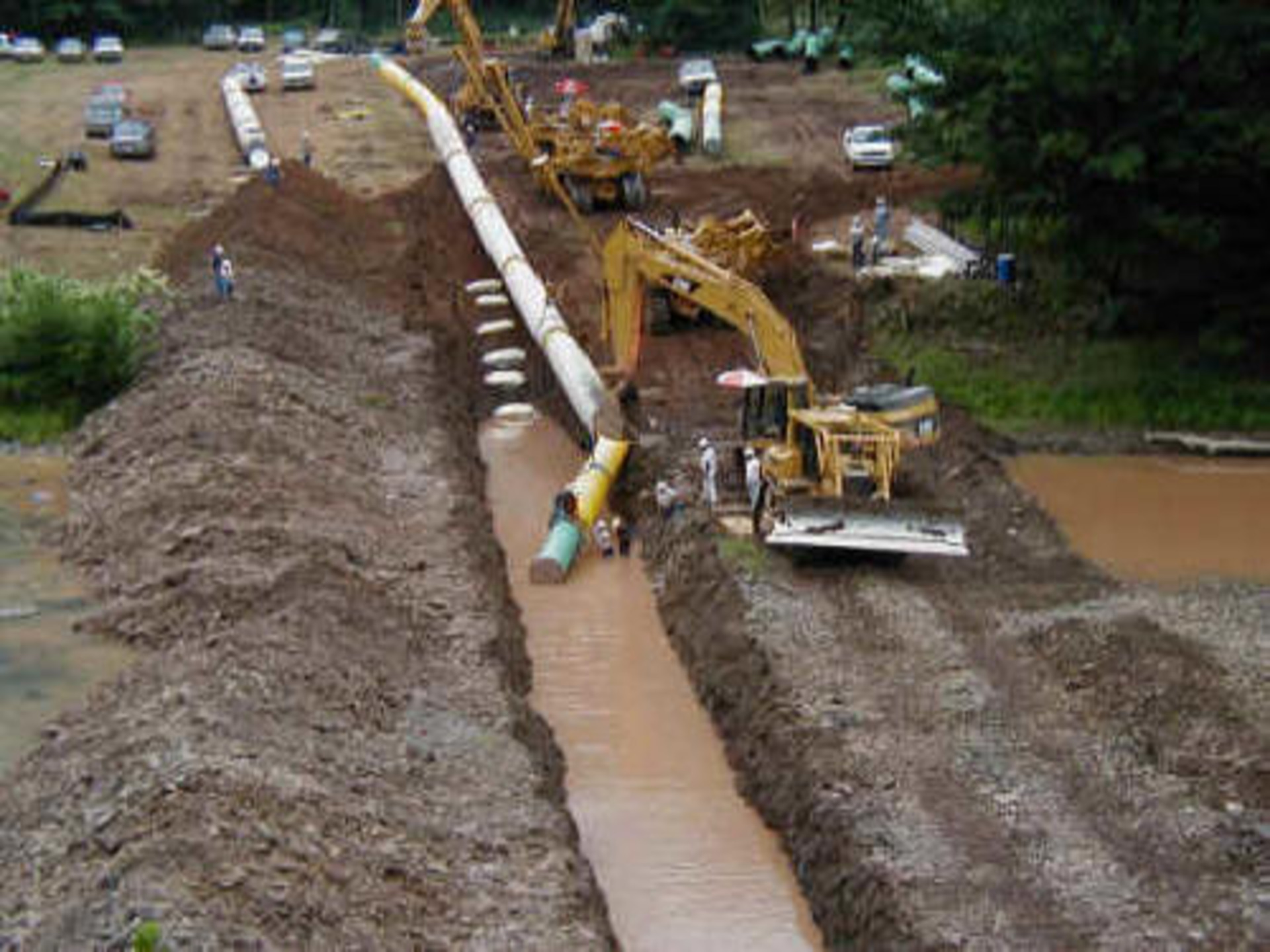
9.) This particular section of pipe is significantly large. Notice the men standing next to the pipe in the trench?
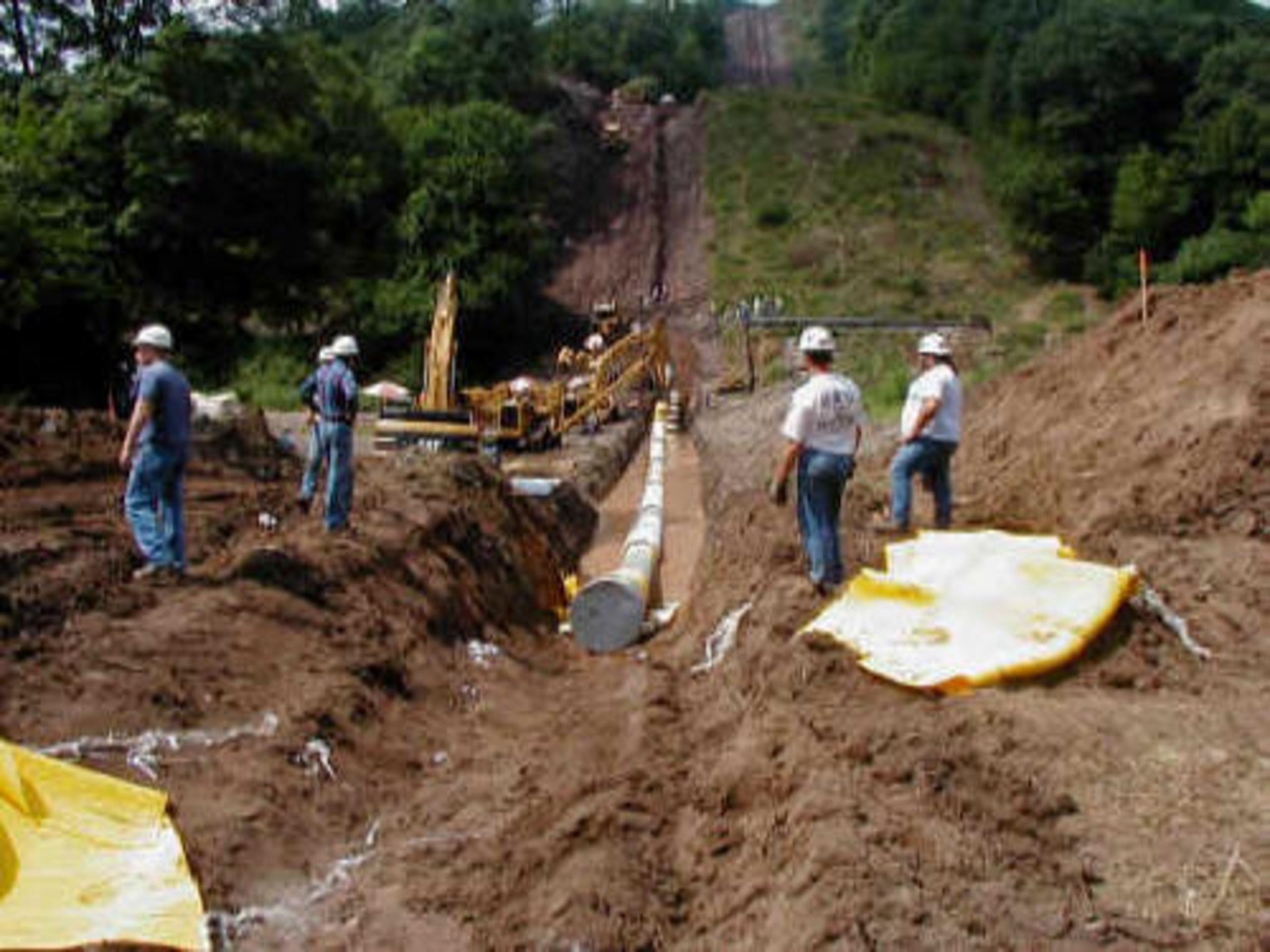
10.) The workers have effectively installed the pipe in the trench.
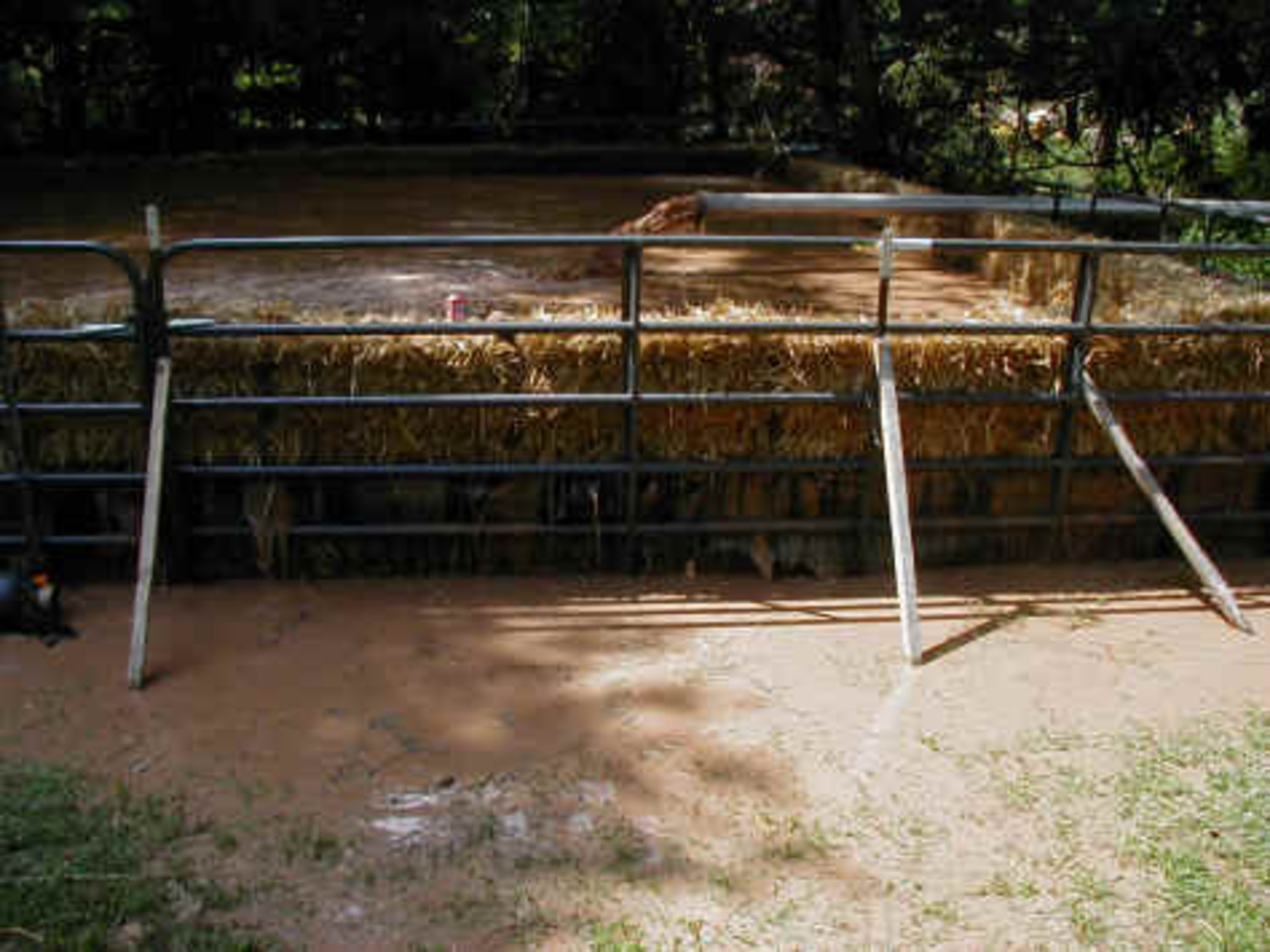
11.) Workers constructed a settling pond to contain the turbid water generated during the construction process.
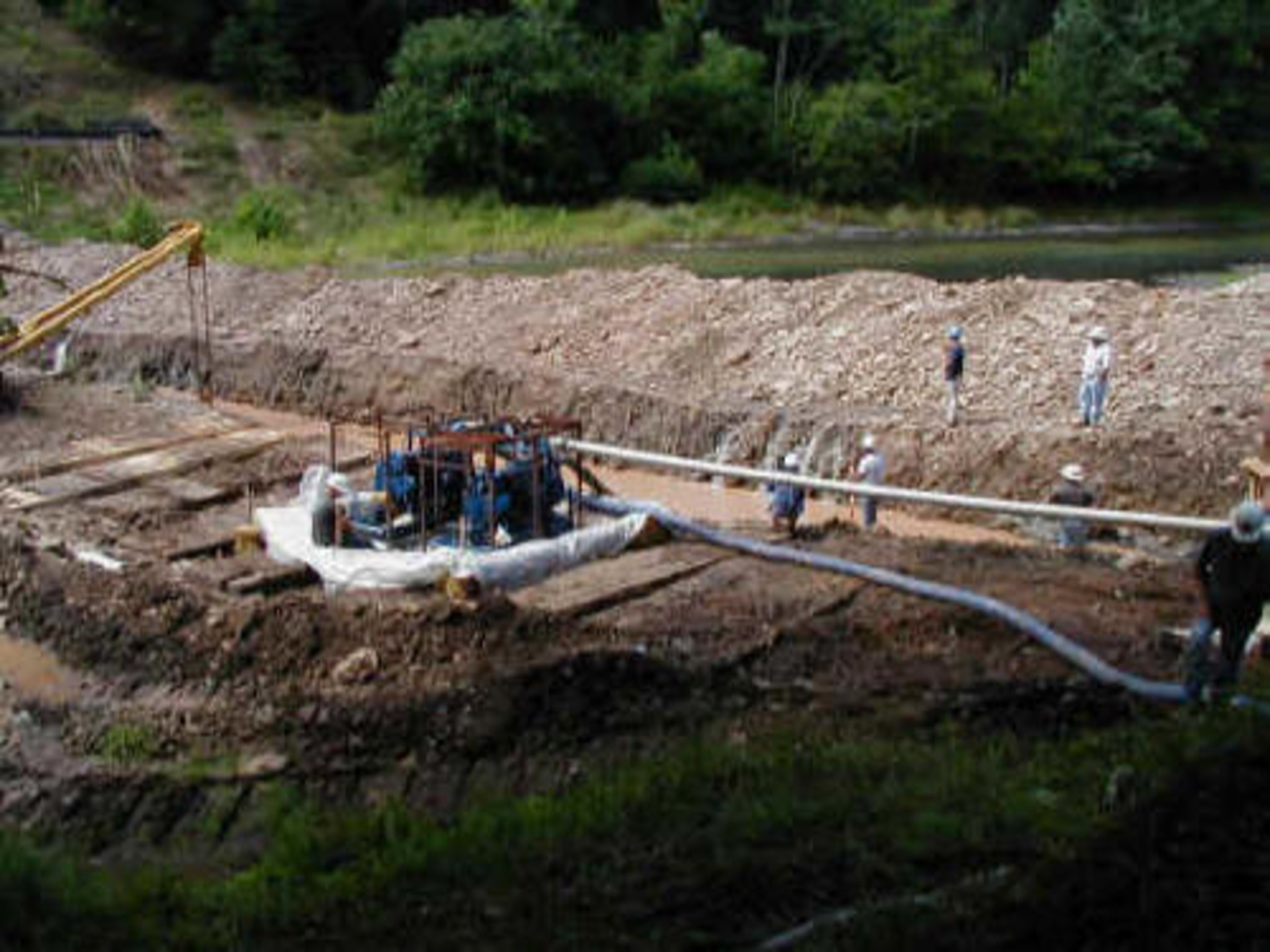
12.) Looking downstream at the work area, where the pipe was laid in the trench.

13.) After successfully diverting the stream and installing the pipe in the trench, the workers are now taking a well-deserved break before proceeding to remove the SCE AquaDam.
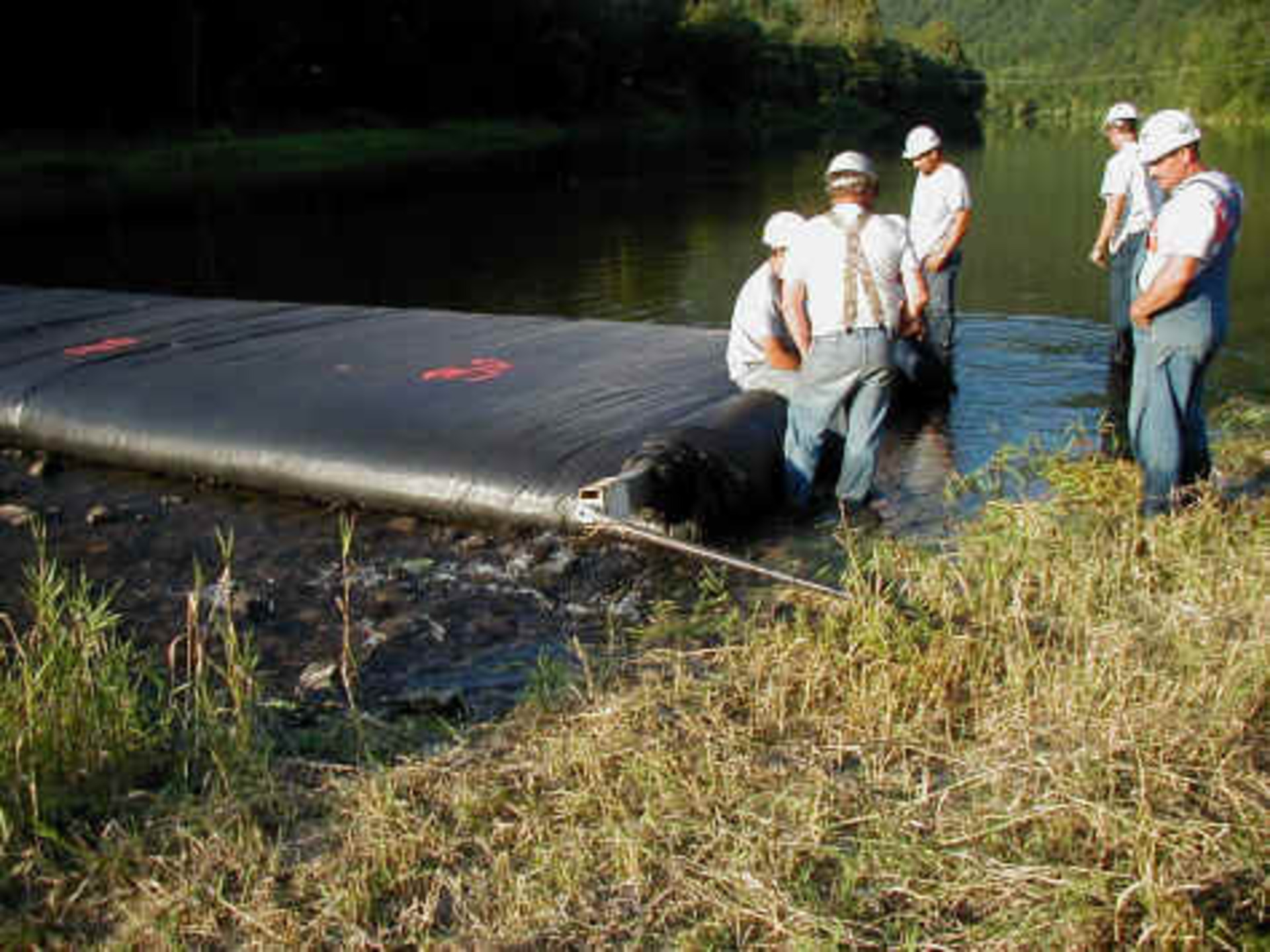
14.) Workers draw water out of the fill-tubes, re-attached the beam to the closed end, and added specialized brackets from re-rolling the AquaDam.
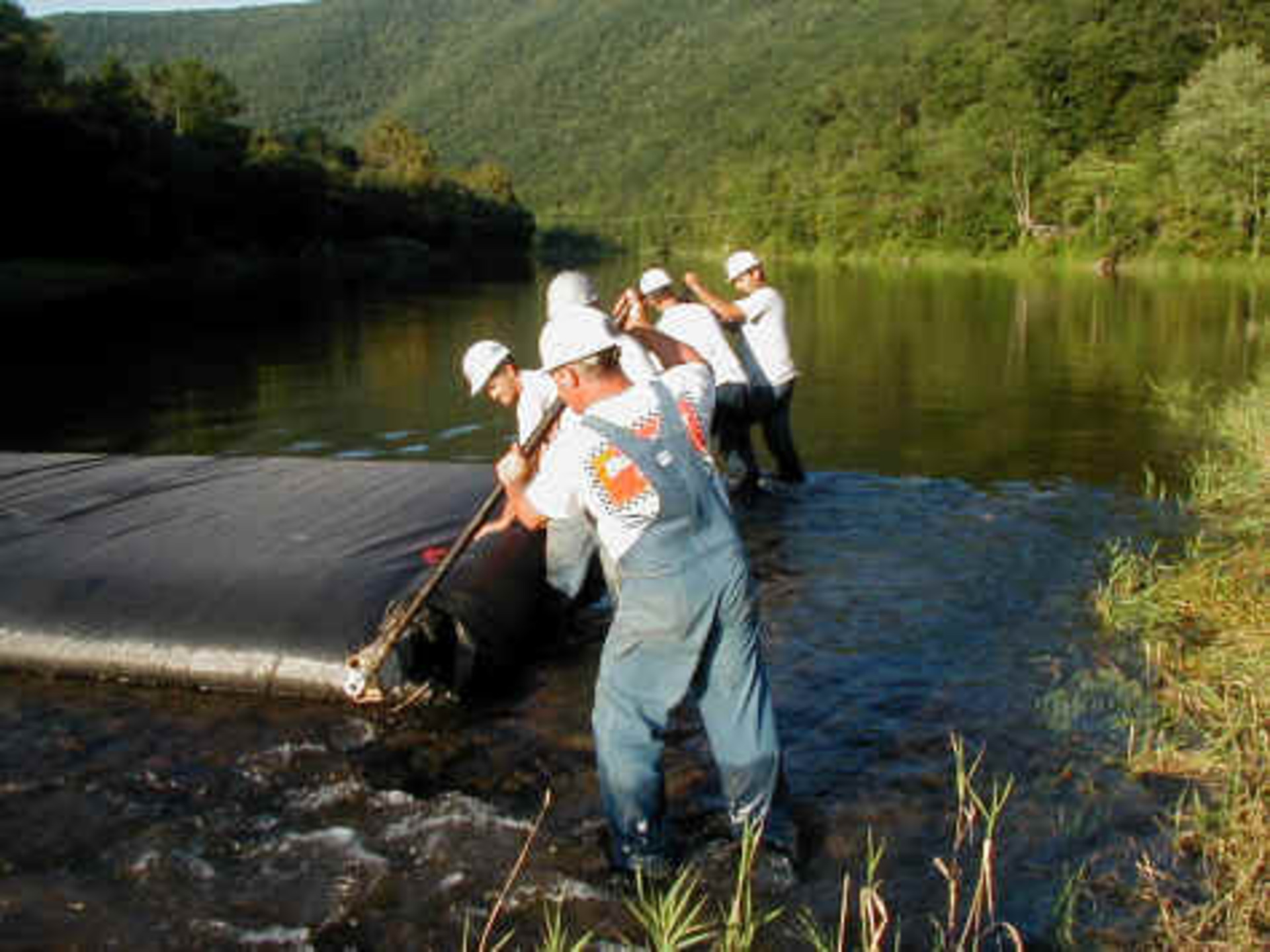
15.) As the water inside of the AquaDam® is removed, workers use ratchets with long handles to re-roll the AquaDam.
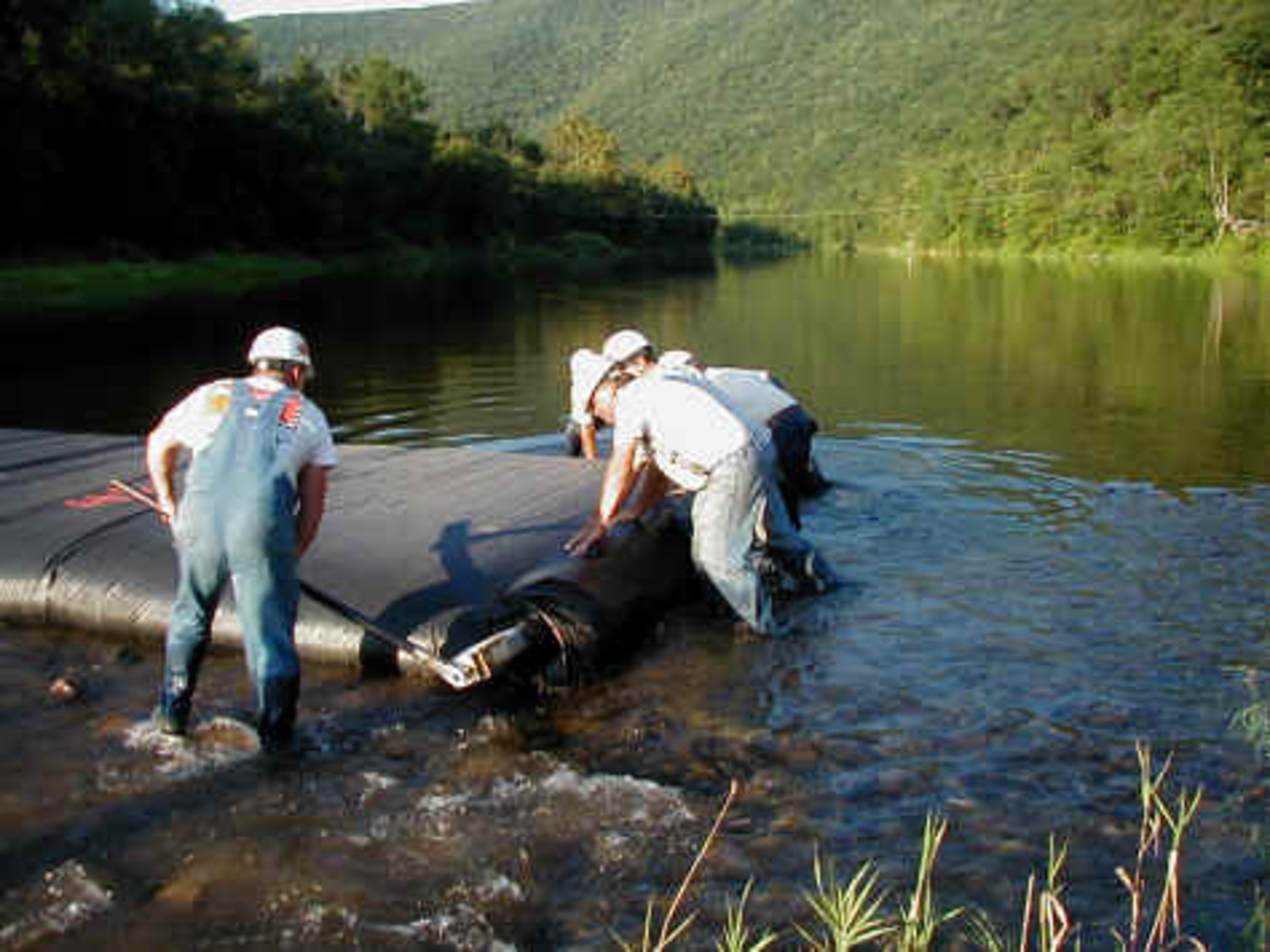
16.) Workers carefully re-roll the AquaDam, keeping the material taunt on the roll and removing as much water as possible.
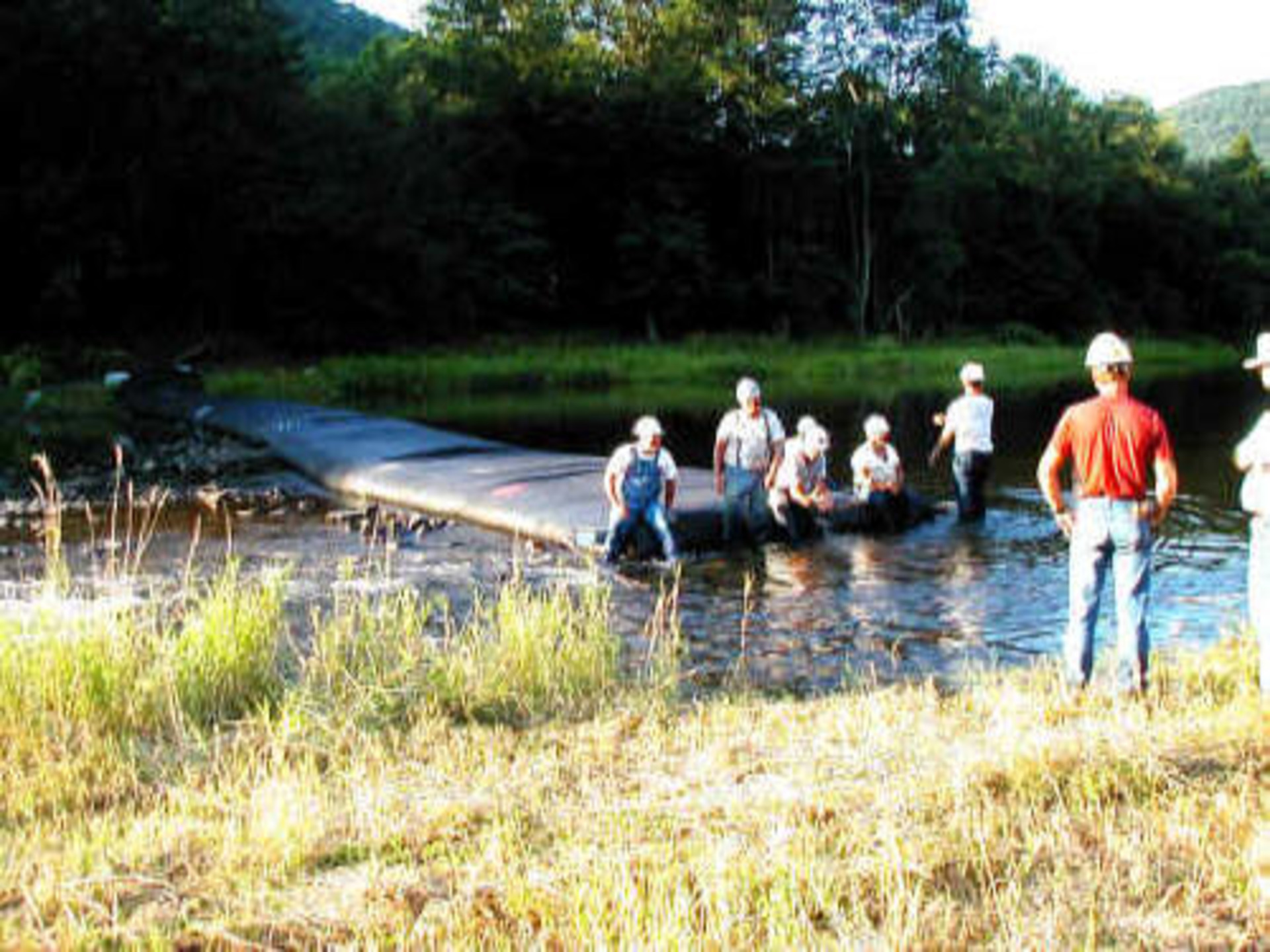
17.) As the workers re-roll the AquaDam® the they keep the body of the dam above the surrounding water to prevent it from being pushed downstream.
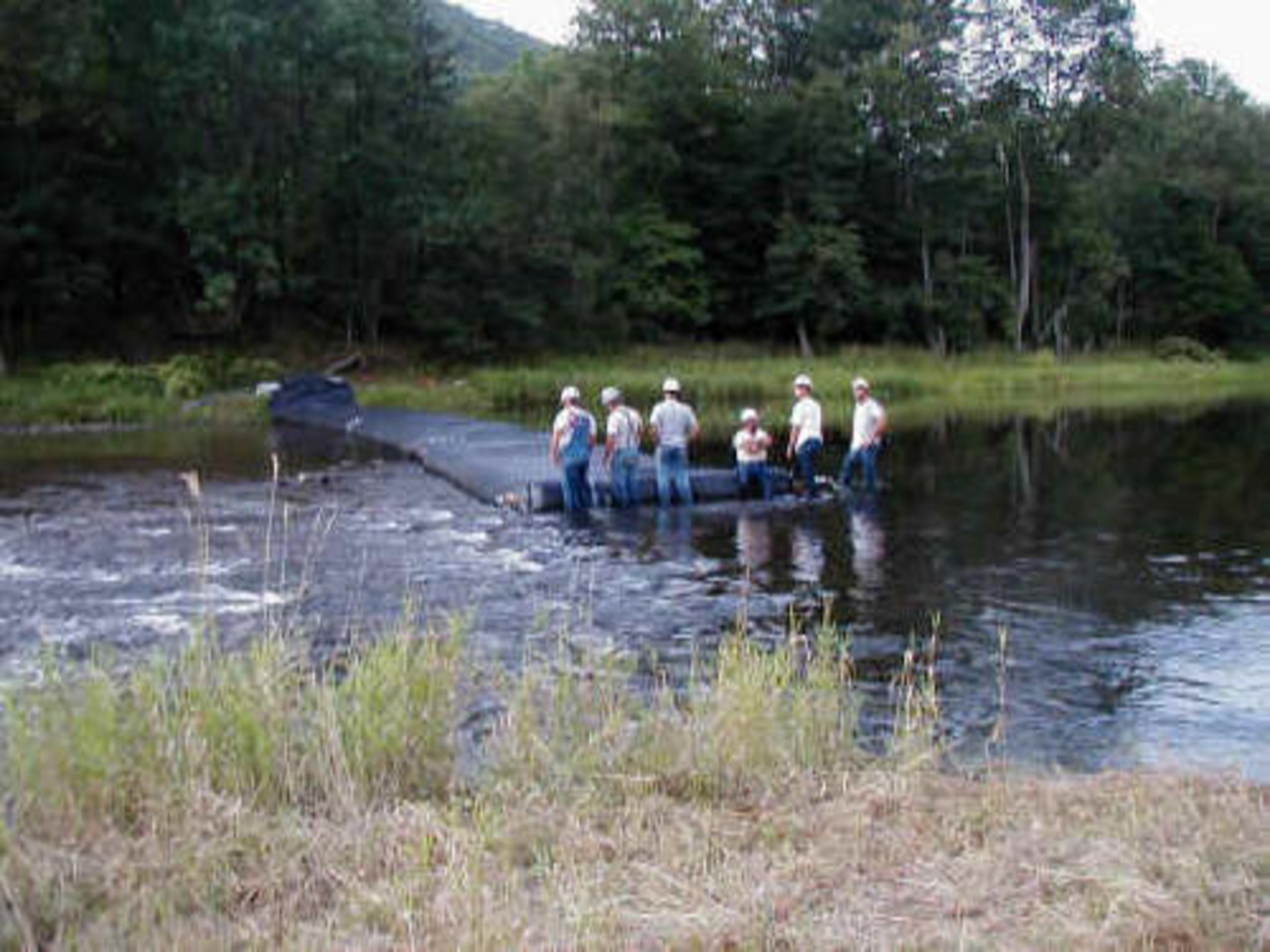
18.) Re-rolling an AquaDam® can be a time-consuming task when done correctly.
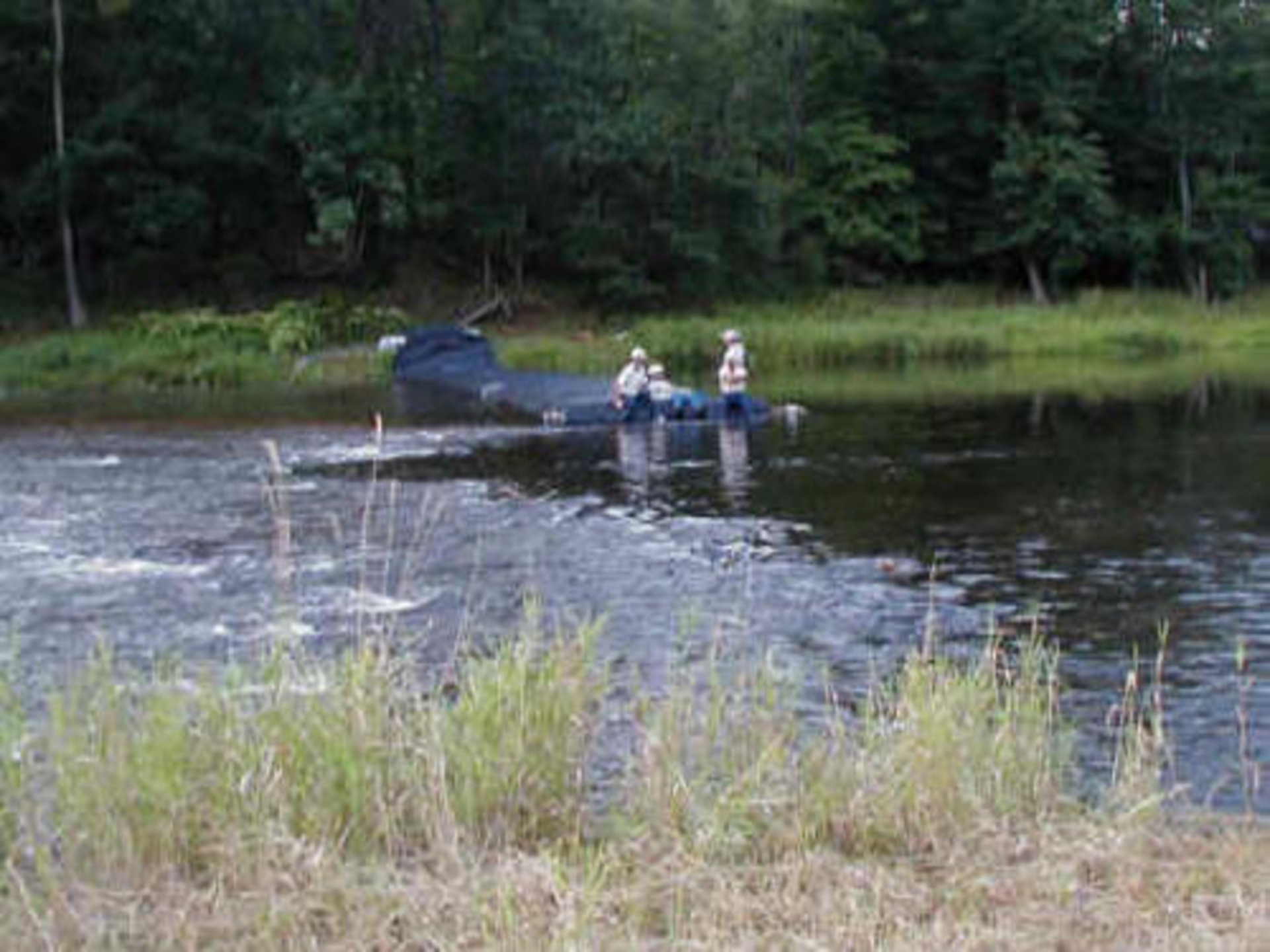
19.) The workers are nearing completion of the re-rolling process for the SCE AquaDam.
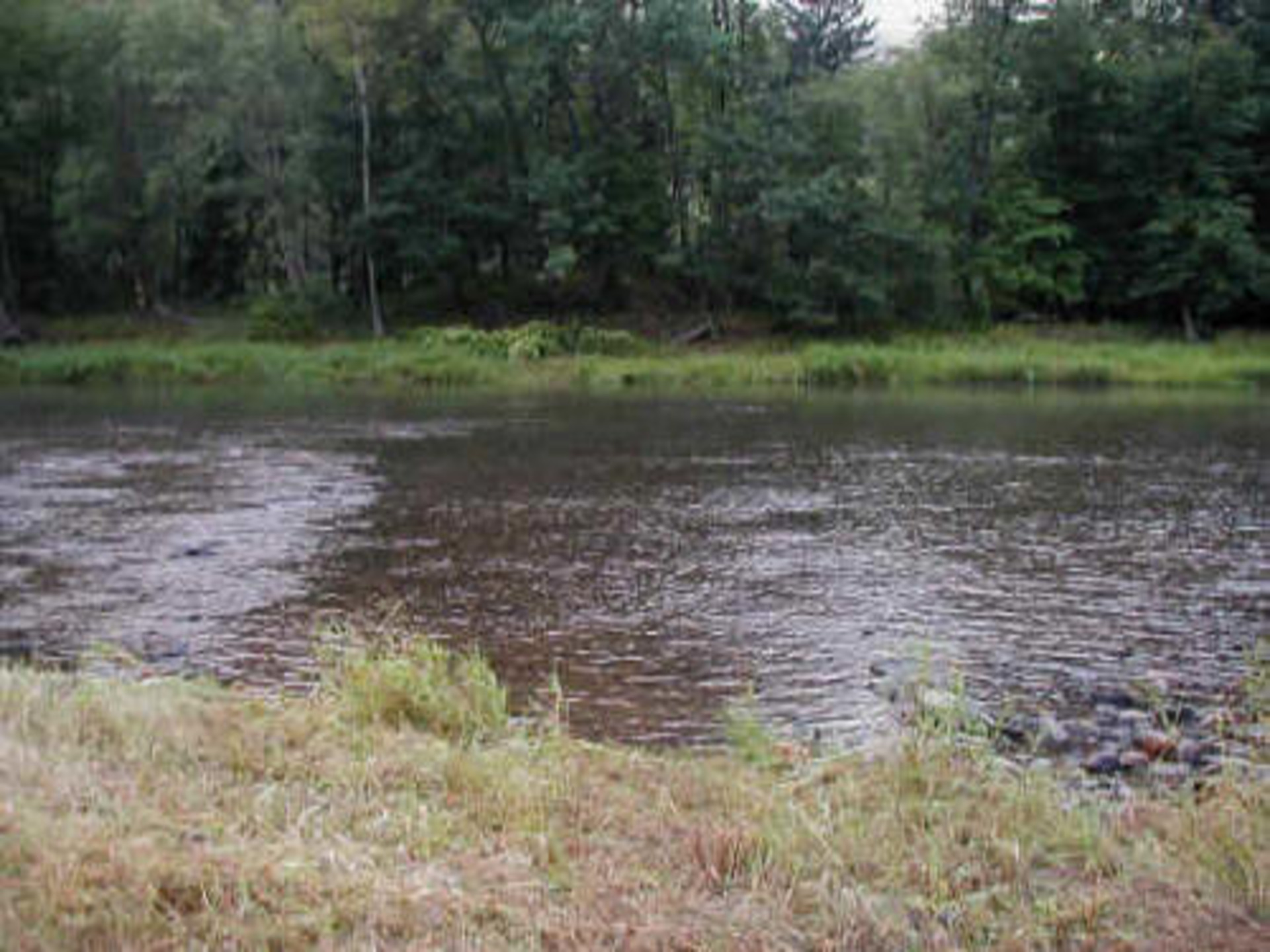
20.) Wonderful job AquaDam!
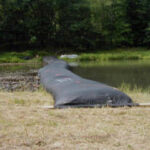
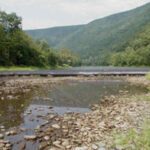
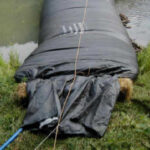
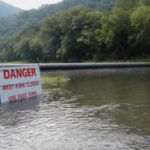
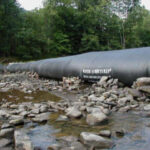
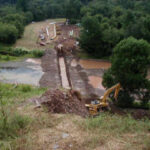
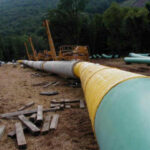
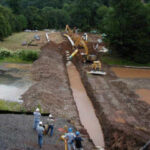
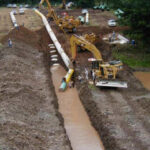
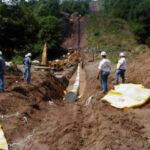
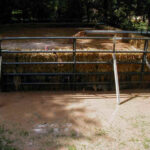
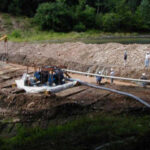
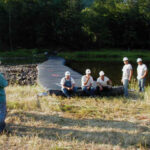
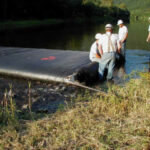
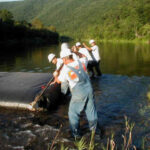
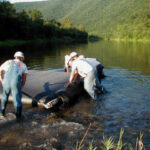
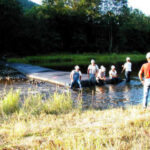
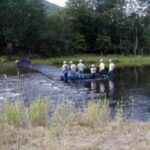
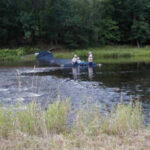
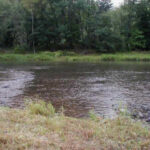
Single Closed End (SCE) AquaDam, Pipeline Crossing, Stream Diversion, Williams Transco Gas Pipeline, Line Configuration
